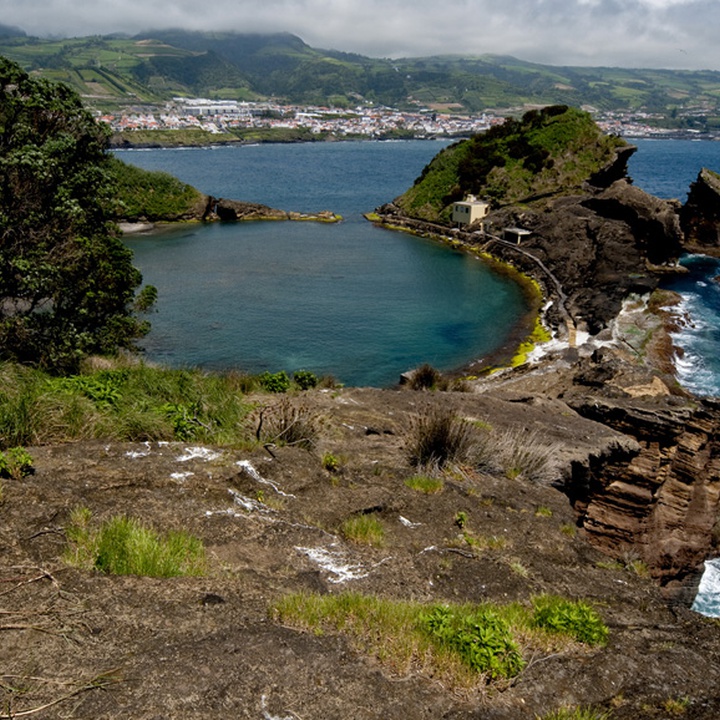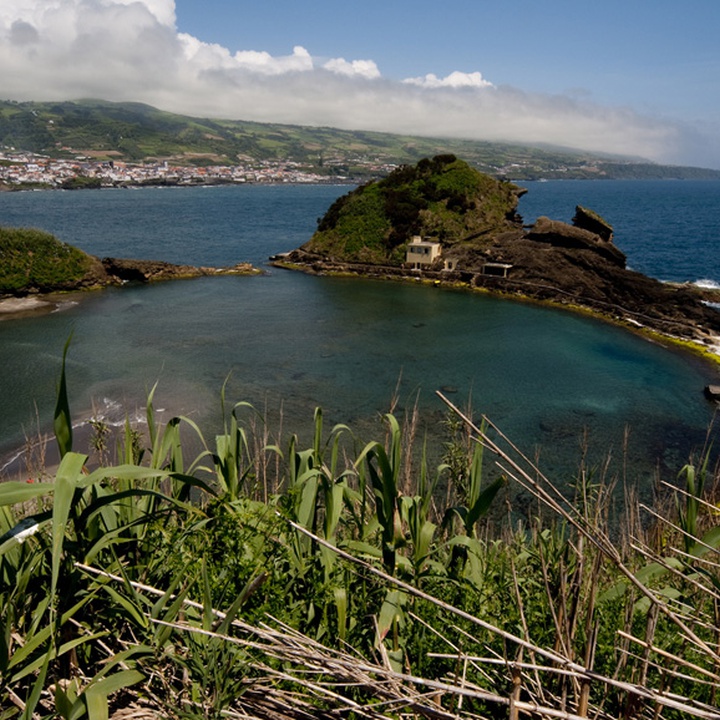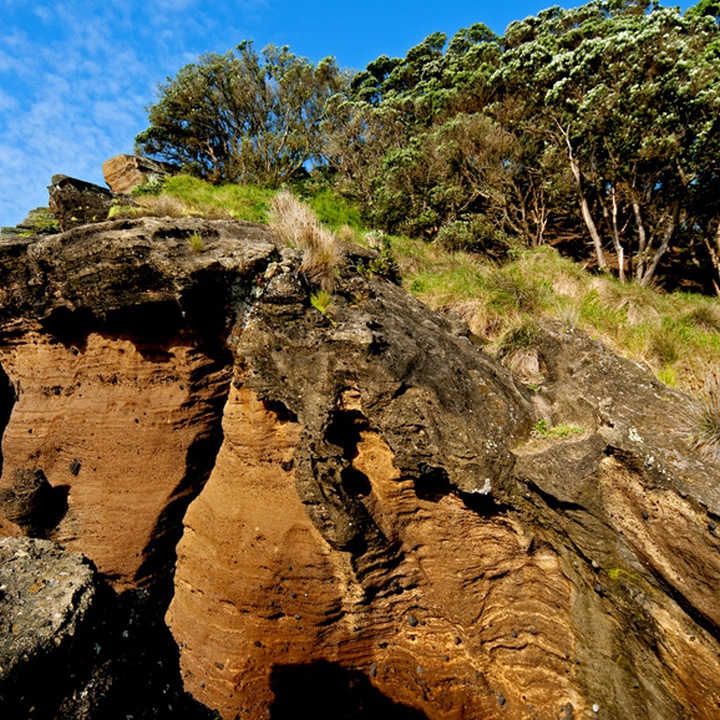Text size:
Ilhéu de Vila Franca do Campo
Protected Area for the Management of Habitats or Species
Located approximately 500 metres south of Vila Franca do Campo, the Ilhéu de Vila Franca do Campo occupies an area of about 8 hectares and has a maximum altitude of 62 metres.
This islet is a major attraction in the coastal panorama of the Azores due to its geological, biological, historical, cultural and landscape values and, in particular, its importance in the preservation of species and habitats.
It is a tourist area very popular during the summer season for swimming, apnea diving and birdwatching. During the months from June to September the number of people who can access this protected area is limited, in order to mitigate the impact on this habitat in accordance with Ordinance no. 66/2018, of 20 June.
The Ilhéu de Vila Franca do Campo corresponds to a surtseyan tuff cone that resulted from a submarine volcanic eruption of basaltic nature and it is composed of yellowish or brownish coloured tuffs with clear bedding planes and interspersed with different clasts of rocks. These clasts belong to the seabed of the surrounding ocean, projected during the eruption that possibly occurred between 4 to 5 thousand years ago. Nowadays, the volcanic cone is partially eroded and fractured by several cracks that divide it into two islets: Ilhéu Pequeno and Ilhéu Grande.
The biological richness of the islet is huge and consists on the faunal diversity hidden in the sea, either on sandy or rocky bottom, which are home to a variety of molluscs (some endemic) and echinoderms. It is also a nesting territory for some migratory seabirds such as the Cory's Shearwater (Calonectris borealis) and the Common Tern (Sterna hirundo).
In terms of natural flora deserves special mention the Azorean Pericallis (Pericallis malvifolia), the Azorean Heather (Erica azorica), the Azorean Coastal Fescue (Festuca petraea), the Azorean Coastal Spurge (Euphorbia azorica), the Azorean Bellflower (Azorina vidalii), the Azorean Wild Carrot (Daucus carota subsp. azoricus) and on top of Ilhéu Grande, a lonely Dragon Tree (Dracaena draco).
To recover the native vegetation and improve the habitat of seabirds, this islet was operated under the LIFE Project "Ilhas Santuário para Aves Marinhas" (Sanctuary Islands for Seabirds).
The islet, inicially classified as a Nature Reserve in 1983, integrates the Caloura – Ilhéu da Vila Franca do Campo Resource Management Protected Area, the Integral Reserve Zone of Limpets Capture and the CORINE Biotope environmental program. This geolandscape is also a geosite of the Azores UNESCO Global Geopark.





